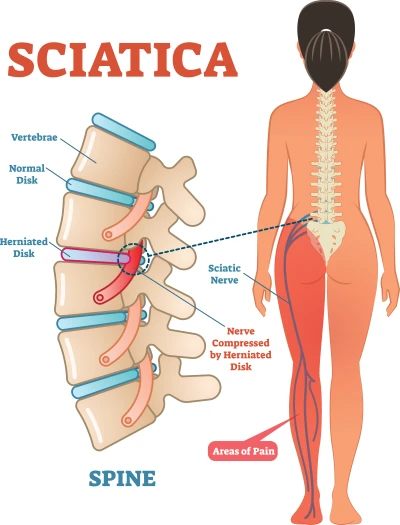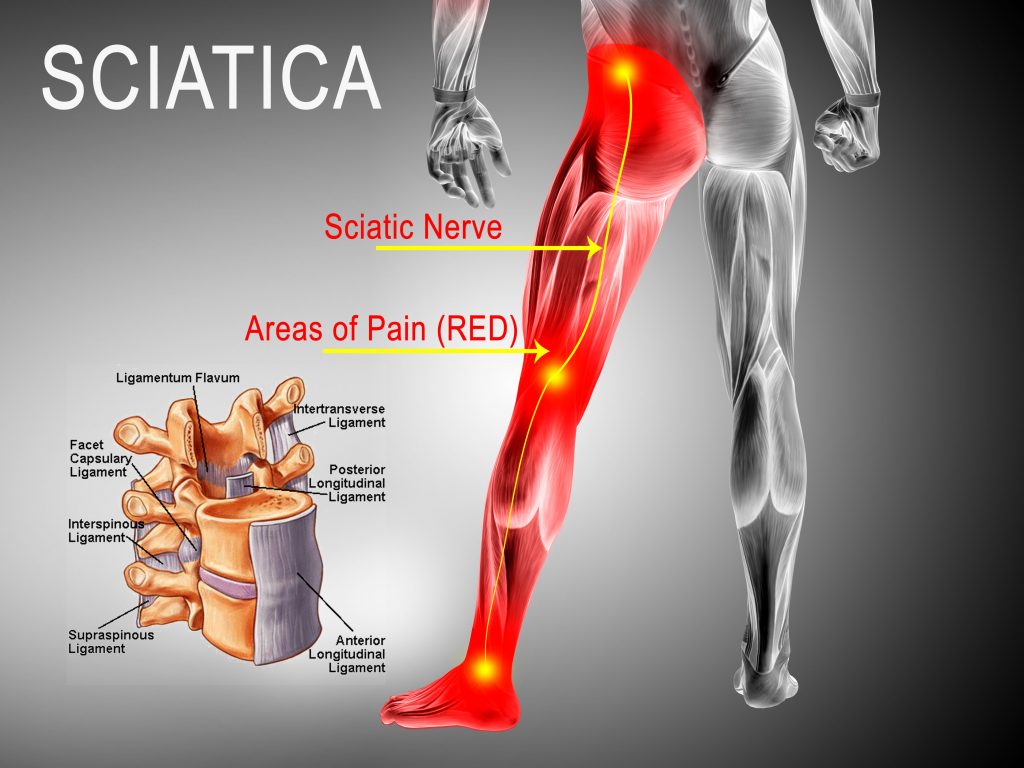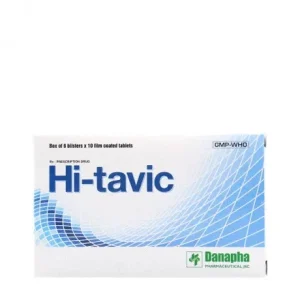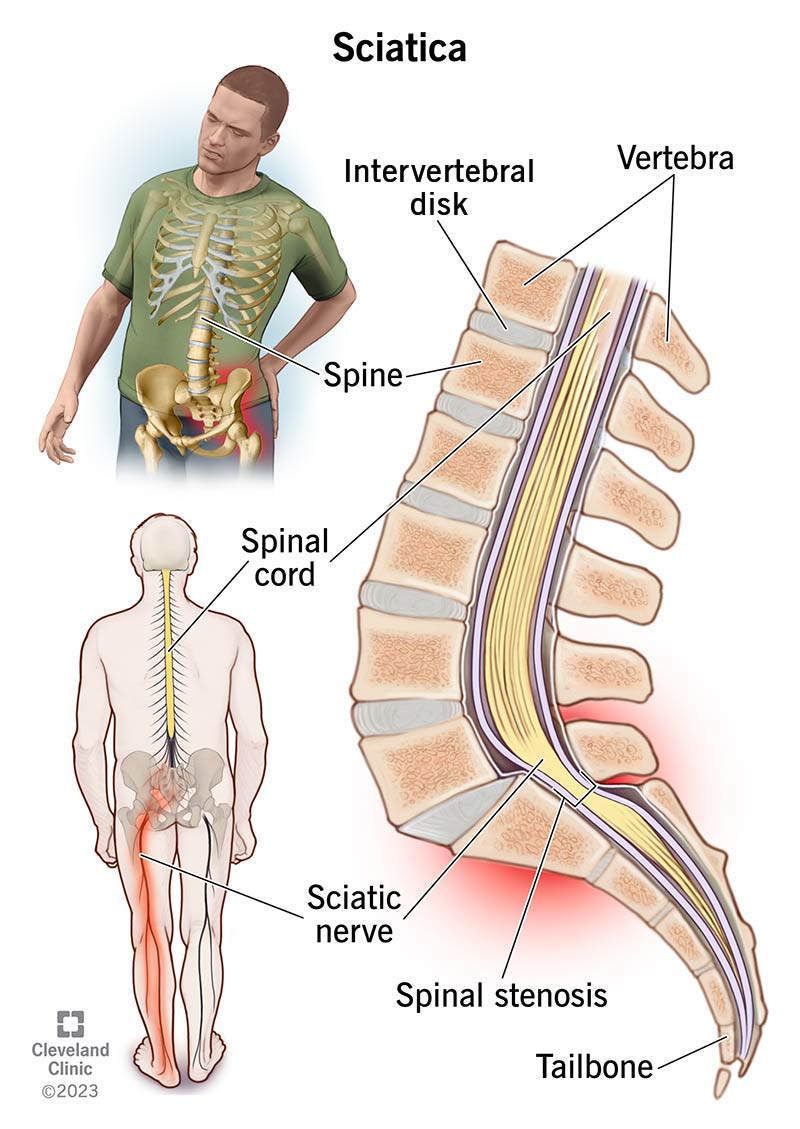We deliver to you every day from 7:00 to 23:00
The best discounts this week
Every week you can find the best discounts here.
Sciatica Pain Treatment: Effective Ways to Find Lasting Relief
Sciatica pain can feel sharp, burning, or radiating from your lower back down to your legs. If you’ve ever struggled with this condition, you know just how disruptive it can be to everyday life. Whether you’re standing, sitting, or even lying down, sciatic nerve pain can limit your mobility and affect your mood.
In this guide, we’ll explore the best treatments for sciatica pain, including medications, physical therapy, natural remedies, and lifestyle tips. Written from experience and backed by trusted sources, this article provides in-depth, accurate, and updated information to help you take control of your health.

What Is Sciatica?
Sciatica is not a diagnosis but a symptom. It occurs when the sciatic nerve—the longest nerve in your body—is compressed or irritated. This can result in pain that travels from the lower back through the hips and buttocks, down to one or both legs.
Most commonly, sciatica is caused by:
-
Herniated discs
-
Spinal stenosis
-
Piriformis syndrome
-
Degenerative disc disease
In rare cases, tumors or infections can also lead to sciatic nerve compression.
“Sciatic pain doesn’t just affect your back—it impacts how you move, sit, sleep, and even think. Getting relief is life-changing.”
Common Symptoms of Sciatica
Not all back pain is sciatica. Here’s how to know the difference:
-
Sharp or burning pain in the lower back, buttocks, or legs
-
Numbness or tingling along the nerve path
-
Weakness in the affected leg
-
Pain that worsens when sitting or standing for long periods
-
One-sided pain (usually)
If these symptoms sound familiar, it’s time to consider a comprehensive sciatica pain treatment plan.

Over-the-Counter Medications for Sciatica Relief
For mild to moderate sciatica, OTC medications can be helpful in reducing inflammation and pain.
Best Options Include:
-
Ibuprofen (Advil, Motrin) – effective for inflammation
-
Naproxen (Aleve) – long-lasting pain relief
-
Acetaminophen (Tylenol) – gentler option without anti-inflammatory effects
Always follow dosage instructions and consult your doctor if symptoms persist.
Prescription Medications for More Severe Pain
In cases of persistent or severe sciatica, a doctor may prescribe:
-
Muscle relaxants – reduce spasms and stiffness
-
Anti-seizure medications (Gabapentin, Pregabalin) – helpful for nerve pain
-
Oral corticosteroids – short-term inflammation control
-
Opioids – only for acute, intense pain and under strict supervision
Keep in mind, medications should be part of a broader treatment plan, not the only solution.

Physical Therapy: A Cornerstone of Sciatica Treatment
Physical therapy is one of the most effective and sustainable treatments for sciatica. It not only relieves pain but helps prevent future flare-ups.
Key Benefits of Physical Therapy:
-
Strengthens core and lower back muscles
-
Improves posture and spinal alignment
-
Increases flexibility and mobility
-
Reduces nerve pressure
Common exercises include hamstring stretches, pelvic tilts, and gentle yoga poses. Your therapist will create a custom program suited to your condition.
“Movement is medicine. A few simple exercises daily can help decompress your spine and reduce nerve irritation.”
Natural and At-Home Remedies for Sciatica Pain
Complementary remedies can provide soothing, non-invasive relief at home.
Try These Natural Treatments:
-
Cold compresses in the first 48 hours for inflammation
-
Heating pads after that to relax tight muscles
-
Gentle stretching for the lower back and hips
-
Foam rolling the glutes and thighs
-
Massage therapy to improve blood flow
Internal Link
Explore advanced digital solutions at DUYTHIN.DIGITAL, a hub for automation tools on platforms like Facebook, Zalo, Google SEO, and more. Just like our tools simplify business tasks, these sciatica strategies simplify your health journey.
Chiropractic Adjustments and Alternative Therapies
Many people find lasting relief from chiropractic care and alternative therapies.
Popular Alternatives:
-
Chiropractic spinal manipulation – realigns vertebrae and reduces nerve pressure
-
Acupuncture – stimulates natural healing and blocks pain signals
-
Dry needling – targets muscle knots and tension
-
Cupping or therapeutic massage
While these treatments may not work for everyone, many people experience meaningful relief without medications.
Injections for Sciatica Pain
When other treatments fail, steroid injections can provide temporary, localized relief.
What to Expect:
-
Corticosteroids are injected near the inflamed nerve
-
Pain relief can last from a week to several months
-
Often used alongside physical therapy
These injections are usually a short-term option while working on longer-term solutions.
Surgery: A Last Resort for Chronic Sciatica
Surgery is typically recommended only after other treatments fail or if there’s severe nerve compression.
Surgical Options Include:
-
Microdiscectomy – removes part of a herniated disc
-
Laminectomy – enlarges spinal canal to relieve pressure
-
Spinal fusion – for instability or degenerative disc disease
Recovery can take weeks or months, but surgery can significantly reduce pain and improve mobility.
Tips to Prevent Sciatica from Returning
Once you’ve found relief, it’s essential to take steps to prevent future flare-ups.
Prevention Tips:
-
Maintain a healthy weight
-
Avoid prolonged sitting
-
Use ergonomic chairs and proper posture
-
Lift with your legs, not your back
-
Stay active with low-impact exercise
Consistency is key. A little daily care goes a long way in keeping your spine healthy.
FAQs About Sciatica Pain Treatment
1. How long does sciatica pain usually last?
Mild cases may resolve in a few days or weeks. Chronic cases can persist for months without proper treatment.
2. Can sciatica heal on its own?
Yes, in many cases it improves with rest and gentle activity, but targeted treatment speeds up recovery.
3. Is walking good for sciatica?
Absolutely. Gentle walking can relieve pressure on the sciatic nerve and promote healing.
4. What sleeping position is best for sciatica?
Sleeping on your back with a pillow under your knees, or on your side with a pillow between your legs, is usually most comfortable.
5. When should I see a doctor for sciatica?
If pain lasts longer than a week, worsens, or is accompanied by weakness or numbness, seek professional help.
Final Thoughts: You Deserve Lasting Sciatica Relief
Living with sciatica doesn’t have to be your new normal. By combining medications, physical therapy, home remedies, and lifestyle changes, you can take back control of your life—one step at a time.

At DUYTHIN.DIGITAL, we empower people not just through automation and tech—but through education and well-being. Whether you’re optimizing your business or your health, our tools and content help you live smarter.
Start your healing journey today. Because living pain-free isn’t a dream—it’s a choice backed by knowledge and action.












